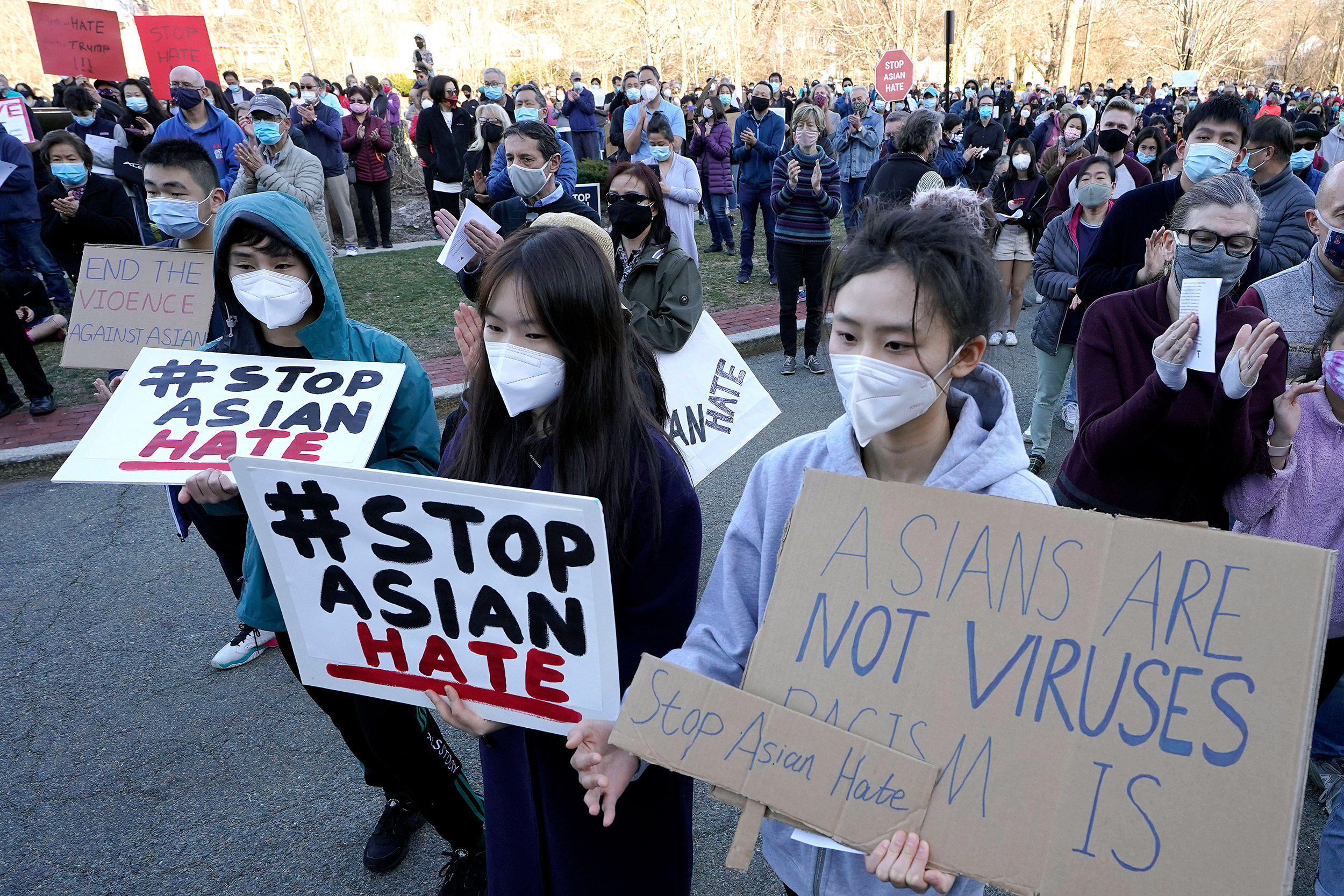Across millennia, Asia has stood as a beacon of resilience and a cradle of human civilization. Its history, a rich tapestry woven with threads of conquests, cultures, and conquests, unveils a narrative of resilience and renaissance. From the majestic empires of ancient China to the philosophical enlightenment of the Indian subcontinent, Asia’s history is a testament to the enduring spirit of its people and their ability to rise from the ashes of adversity.
The Ancient Foundations
Asian history begins with the dawn of civilization itself. Along the banks of the Tigris and Euphrates, the fertile crescent gave birth to some of the world’s earliest civilizations. Mesopotamia, with its city-states and monumental architecture, laid the foundation for urban life and governance. Meanwhile, in the valleys of the Yellow and Yangtze Rivers, the ancient Chinese civilization flourished, introducing innovations such as writing, silk production, and the concept of imperial rule.
The Rise and Fall of Empires
As centuries passed, Asia witnessed the rise and fall of great empires. From the Mauryan Empire in India to the Mongol Empire stretching from Eastern Europe to East Asia, these vast political entities left an indelible mark on the continent’s history. The Gupta Empire’s golden age in India saw advancements in mathematics, astronomy, and literature, while the Tang Dynasty in China ushered in a period of cultural flourishing known as the “Golden Age of China.”
Crossroads of Cultures
Asia’s history is also characterized by its role as a crossroads of cultures. The Silk Road, stretching from China to the Mediterranean, facilitated the exchange of goods, ideas, and religions, shaping the course of history. Buddhist missionaries traveled along these ancient trade routes, spreading their teachings from India to Southeast Asia and beyond. The Islamic Caliphates, centered in the Middle East, established trade networks that connected Asia, Africa, and Europe, fostering a vibrant exchange of knowledge and technology.
Challenges and Resilience
Throughout its history, Asia has faced numerous challenges, from invasions and wars to natural disasters and political upheavals. The fall of empires, such as the Ottoman Empire and the Mughal Empire, led to periods of instability and conflict. The colonial era brought European powers to Asia’s shores, leading to the exploitation of resources and the imposition of foreign rule. However, despite these challenges, the resilience of Asian societies endured.
The Modern Renaissance
In the wake of colonialism, Asian History experienced a period of modern renaissance. The 20th century saw movements for independence and self-determination sweep across the continent. From Mahatma Gandhi’s nonviolent resistance in India to Mao Zedong’s communist revolution in China, Asian leaders spearheaded efforts to break free from colonial domination and build independent nations. The post-colonial era witnessed rapid industrialization and economic growth, transforming countries like Japan, South Korea, and Singapore into global economic powerhouses.
Looking to the Future
Today, Asia stands at the forefront of the global stage, shaping the course of the 21st century. With its economic prowess, technological innovation, and cultural richness, the continent continues to inspire and captivate the world. From the skyscrapers of Shanghai to the temples of Kyoto, Asia’s landscape reflects its vibrant past and promising future.
In conclusion
The story of Asian history is one of resilience and renaissance. From the ancient civilizations of Mesopotamia and China to the modern nations of Japan and India, Asia has weathered the storms of time and emerged stronger than ever. As we unravel the layers of its history, we gain a deeper appreciation for the enduring spirit of its people and the remarkable achievements that have shaped the world we live in today.
